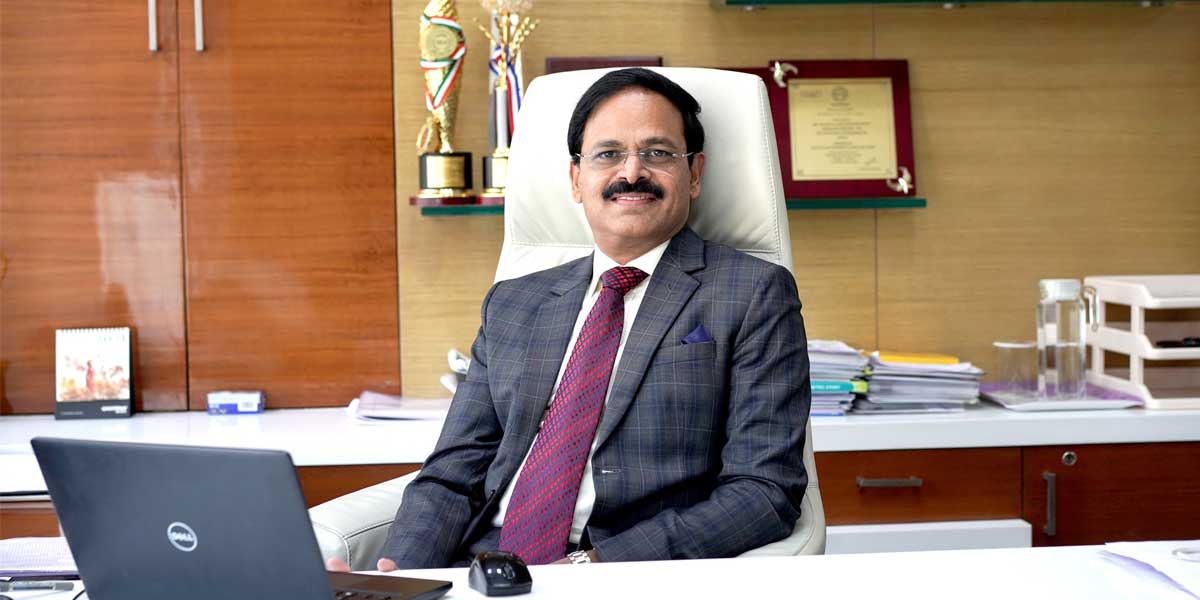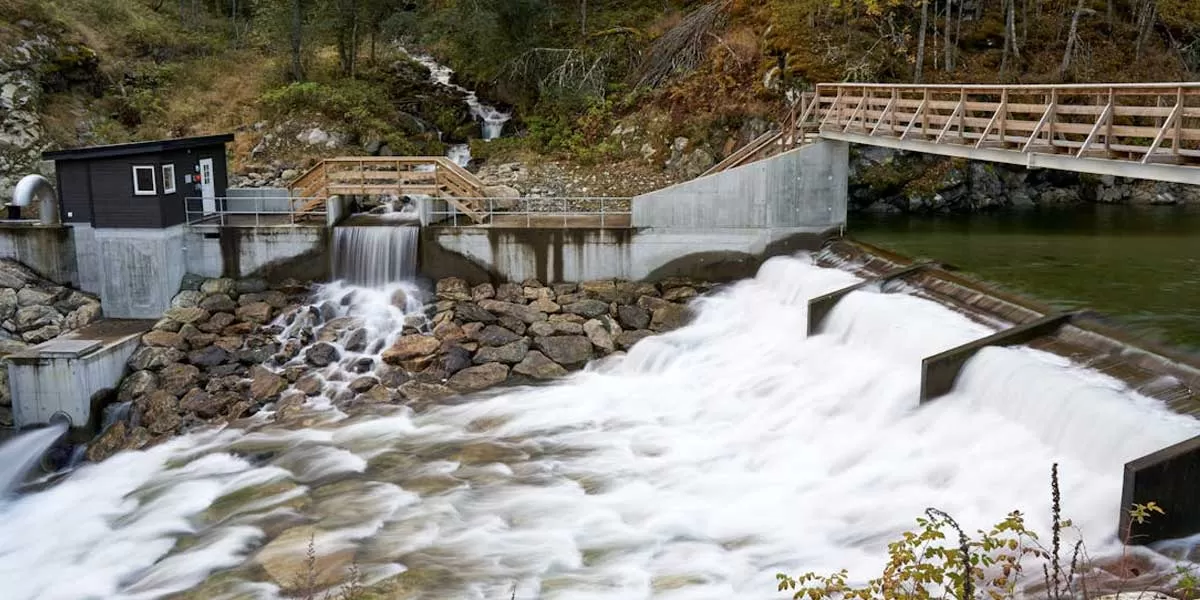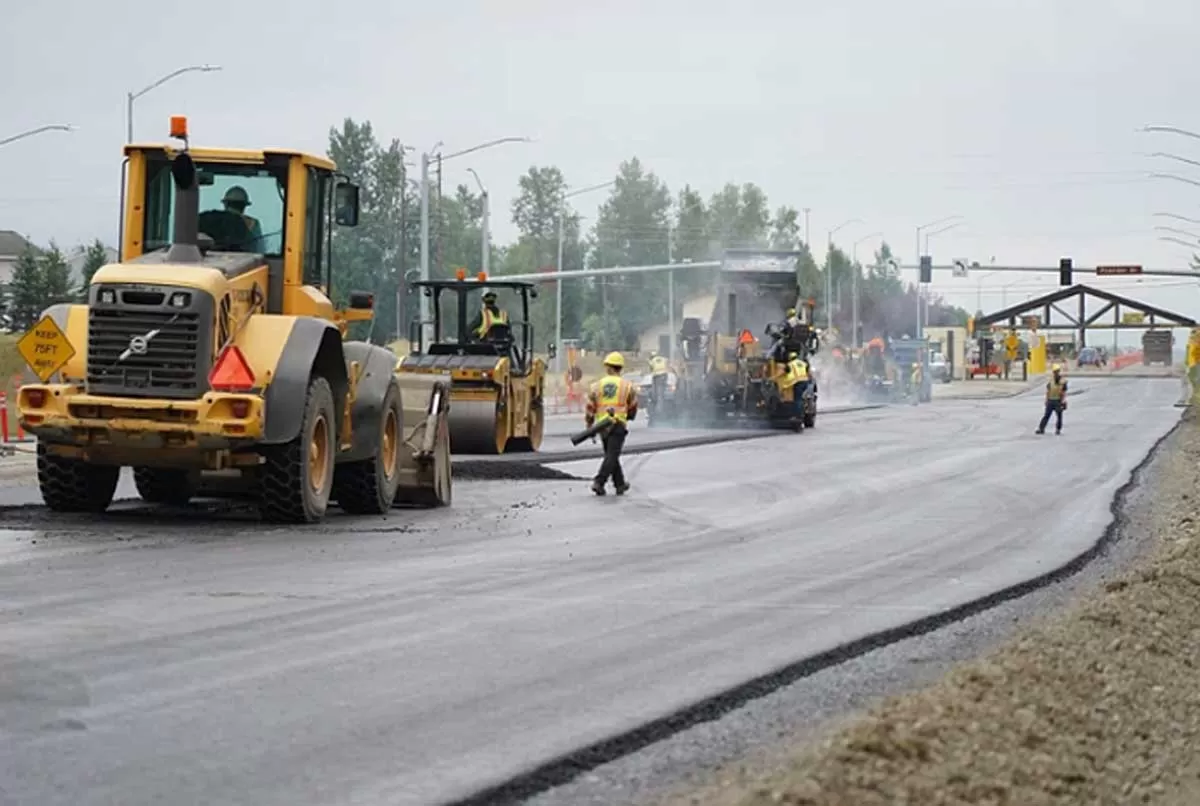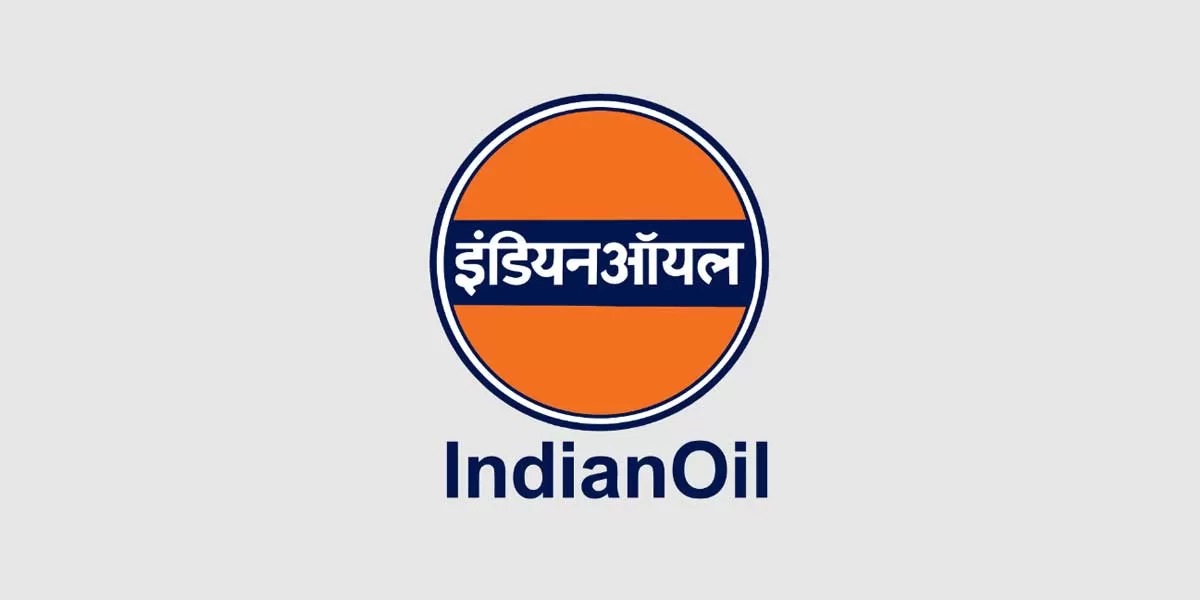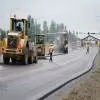Presently, the Indian economy is undergoing a transformative phase, driven by four essential pillars: infrastructure, investment, innovation, and inclusion. These pillars are instrumental in shaping the future of India’s economic growth, says K V B Reddy, MD & CEO, L&T Metro Rail (Hyderabad) Ltd.The four pillars of India’s economic development are undoubtedly infrastructure, investment, innovation, and inclusion. India is a thriving country, and this success story rests upon its focus on infrastructure development in every industry, sector, or business. In today’s date, our economic development is majorly connected to the infra focus strategies and plans to make the economy robust. Whether business operations, employment generation, promotion of exchange of goods and services, supply chain network, a well-designed infrastructure framework is essential in its true sense, and any disruption can cause havoc to the estimated outcome. Presently, the Indian economy is undergoing a transformative phase, driven by four essential pillars: infrastructure, investment, innovation, and inclusion. These pillars are instrumental in shaping the future of India’s economic growth, enhancing connectivity, improving the quality of life for its citizens, and fostering an environment conducive to sustainable development.Infrastructure: The country’s growth foundationInfrastructure development is the cornerstone of economic growth and societal progress, and the need for robust and sustainable infrastructure networks is more significant than ever before. One of the key components of this infrastructure development is the expansion of metro rail and rapid transit systems in urban areas. Metro rail networks, such as the Delhi Metro, Hyderabad Metro, Mumbai Metro, Kolkata Metro, and many more networks across the cities have become essential elements of urban transportation. These systems not only provide an efficient and eco-friendly mode of transportation but also alleviate traffic congestion, reduce pollution, and enhance connectivity within cities.Over the past decade, India has witnessed significant growth in its metro rail networks. New metro lines have been inaugurated, and existing ones have been expanded. One of the notable trends in this sector is the adoption of modern technologies and smart infrastructure. These technologies include automated ticketing systems, real-time passenger information, and contactless payment methods, which have greatly improved the passenger experience. Additionally, many metro systems are now powered by renewable energy sources, contributing to sustainability goals.Furthermore, the integration of metro systems with other modes of transportation, such as buses, e-cabs, and bicycles, has emerged as a trend to provide seamless connectivity as part of last-mile connectivity, however lot more needs to be done. The development of transit-oriented development (TOD) zones around metro stations have also gained traction, promoted mixed land-use planning, and reduced travel distances for commuters.Improving efficiency with innovationOn the innovation front, the metro rail and rapid transit systems are critical for enhancing efficiency, safety, and sustainability. One notable innovation is the adoption of driverless trains. These trains are equipped with advanced sensors and AI technology, allowing for precise control and improved safety. Moreover, driverless trains reduce operational costs and can operate with high frequency, enhancing passenger convenience.Additionally, the use of renewable energy sources such as solar power to meet a portion of a metro system’s energy requirements is gaining momentum. For example, the Hyderabad Metro in Telangana has set an example by using solar power to complement energy requirements at the stations and office spaces. Hyderabad Metro Rail is also actively using a regenerative braking system to pump over 35 per cent of energy back into the system, saving critical energy on the go.The integration of digital technologies, such as smartphone apps for real-time updates and contactless payments, has also revolutionised the passenger experience. Metro rail systems are increasingly adopting cutting-edge technologies to improve operations and passenger experience. One such advancement is the use of predictive maintenance through the Internet of Things (IoT) sensors. These sensors monitor the condition of tracks, trains, and infrastructure in real time, allowing for proactive maintenance and reducing downtime.Additionally, the integration of artificial intelligence (AI) and machine learning (ML) algorithms in metro operations is becoming available which would enable better traffic management, optimised scheduling, and enhanced security through facial recognition and video analytics. These innovations not only make commuting more convenient but also promote a safer and more sustainable mode of transportation.However, despite the progress made, there are several challenges in the development of metro rail and rapid transit systems in India. One of the primary challenges is securing adequate funding for these projects. Metro rail projects are capital-intensive and financing them can be a complex task. The government needs to explore innovative financing models, such as public-private partnerships (PPPs), to attract private investments and ensure the timely completion of projects.Another challenge is the need for effective project management and coordination. Delays and cost overruns in metro projects have been a common issue. Streamlining the approval processes, improving project management practices, and enhancing inter-agency coordination are crucial steps in addressing these challenges.Investing in economic developmentAnother important facet in infra development is investment. It is a fundamental driver of economic expansion. To ensure the successful development of metro rail and rapid transit systems, attracting both domestic and foreign investments is vital. Investment opportunities, the right financing models, and government initiatives aimed at fostering an investor-friendly environment are key components of this pillar. Metro rail and rapid transit projects offer attractive investment prospects, not only in terms of construction and operation but also in associated areas such as real estate development, retail, and advertising at metro stations.Financing metro rail projects can be challenging due to their high capital requirements. To overcome this, India has increasingly turned to PPPs as a viable financing model. In a PPP arrangement, the government partners with private companies to develop, finance, and operate metro systems. This model not only reduces the burden on public finances but also brings in private sector expertise and efficiency.Furthermore, innovative financing mechanisms such as municipal bonds and infrastructure investment trusts (InvITs) have been explored to mobilise funds for metro rail projects. These instruments allow retail investors to participate in infrastructure development and offer steady returns over time.The Indian government has taken proactive measures to foster an investor-friendly environment in the urban transport sector. Initiatives like ‘Make in India’ and ‘Ease of Doing Business’ have aimed at simplifying regulatory processes and attracting foreign direct investment (FDI) in the country. In 2020, the government allowed 100 per cent FDI in the metro rail sector, further opening the door for foreign investors to participate in India’s infrastructure growth.Inclusivity in urban mobilityFurther, while infrastructure development, investment, and innovation are critical, ensuring inclusive growth in the context of urban mobility is paramount. The benefits of metro rail and rapid transit systems should reach all sections of society, regardless of income, age, or physical ability.Inclusivity also means ensuring that metro systems are accessible to persons with disabilities. This involves providing ramps, elevators, tactile paths, and auditory signals at stations and in trains. Making digital services and information accessible to individuals with visual or hearing impairments is equally important.Lastly, the concept of last-mile connectivity is crucial for inclusive urban mobility. Integrated transport systems should include safe and convenient options for commuters to cover the final leg of their journey. This can include bicycle-sharing programs, e-bikes, electric rickshaws, or shuttle services to and from metro stations. Connectivity is a vital component of the four mentioned pillars, by focusing on them, and continually improving metro rail and rapid transit systems, India can pave the way for sustainable economic growth, improved urban living, and enhanced mobility for its citizens.About the author:K V B Reddy is the Managing Director and chief Executive Officer of L&T-Metro Rail (Hyderabad) Ltd. He has three and half decades of experience in the areas of Procurement, Project coordination and development, Operations and maintenance, Business Development, Project Execution, EPC, Project Financing, Commercial and Business Strategy, Strategic Planning and implementation among others.
